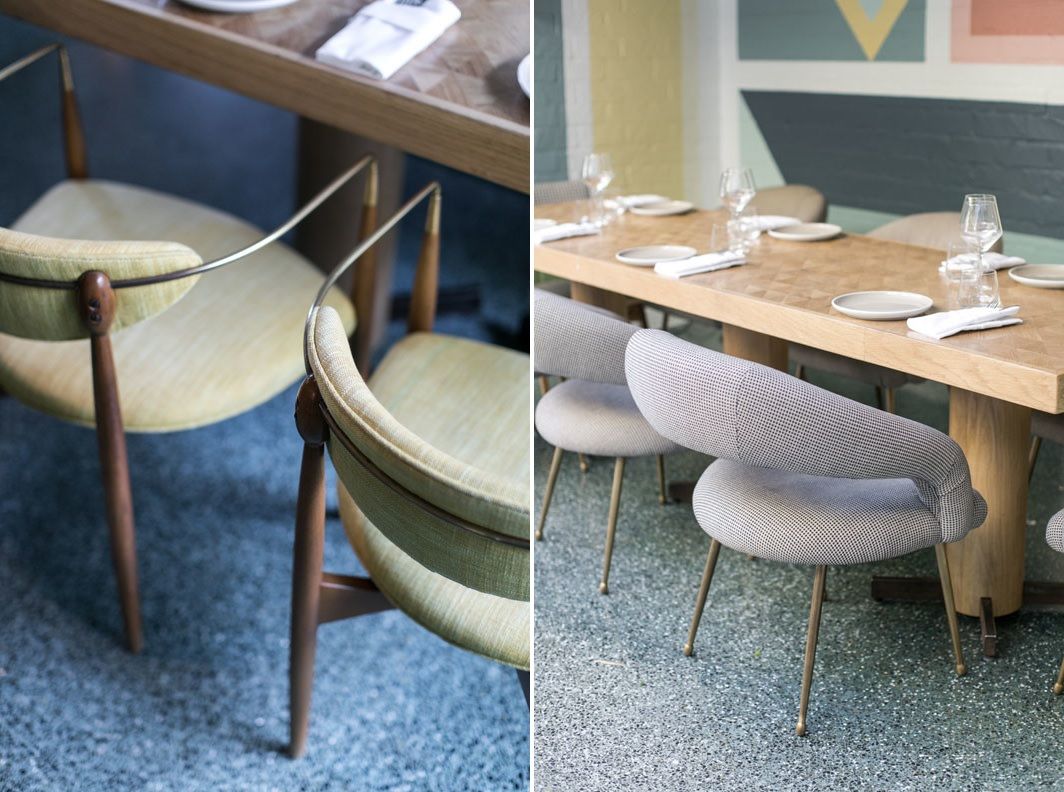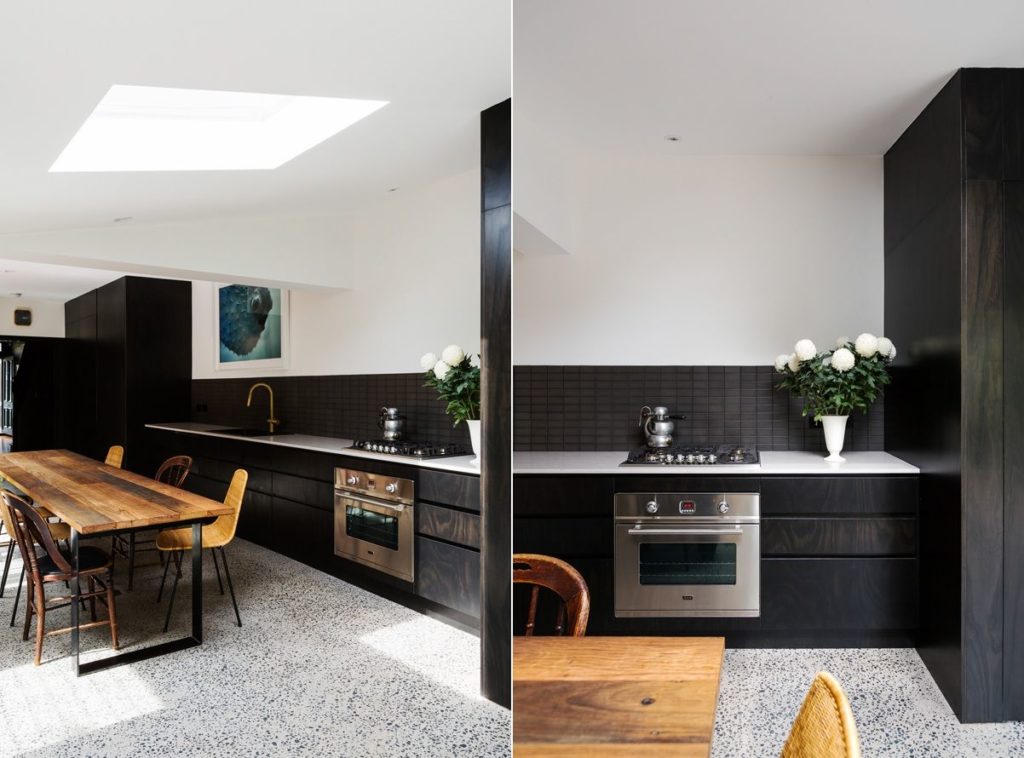Where Style Meets Strength: The Beauty of Terrazzo Flooring
Terrazzo, which means “terrace,” in Italian, is a composite material used for floors and walls. Cementitious terrazzo contains a variety of material chips like stone, glass, marble, and granite. A binder is applied to hold everything together.

According to the National Terrazzo And Mosaic Association (NTMA), original terrazzo floors consist of “marble, granite, onyx, or glass chips and Portland cement or resonance matrix. Terrazzo is poured, cured, ground, and polished. Typically used as a finish for floors, stairs, or walls, terrazzo can be poured in place or precast.”
If you’re thinking about a terrazzo installation, we’ll show you its pros and cons. The material dates back over a thousand years.
Since then, new colors and designs have emerged. Although cement based terrazzo waned in the late 20th century, today, the flooring is in high demand.
Today, a concrete or epoxy matrix binder is used. Installers sprinkle extra chips on top while the material is still wet.
Next, they cure the flooring, then grind and polish it. While you can buy terrazzo tiles, most often when people think about a terrazzo floor, it is the type that is poured in place.

Terrazzo Origins
Terrazzo has its roots in Italy, where workers put marble fragments into cement to make it inexpensive. Although it arrived in the US at the end of the 19th century, it didn’t become popular until the 20s.
Early versions cracked easily, but the development of divider strips and the electric grinding machine made it rise in popularity. This was true in the era of Art Deco and Moderne styles. The divider strips allowed for curved designs, which were emblematic of this design era.
Terrazzo Applications
First used in office and government buildings, terrazzo installation is prominent in residential homes. In addition to flooring, it is also used for kitchen surfaces like countertops and backsplashes.
Cement terrazzo features colors and flecks which are customizable, allowing for a wide range of design possibilities. As with any material, there are pros and cons to using it in your home. Before you make a decision, make sure you weigh all the different factors.

Pros:
- High-Class Option – Terrazzo adds beauty and elegance through its colorful marble or glass chips. It’s a preferred choice in modern or industrial design to soften hard edges and serves as a distinctive custom feature.
- Durability – Light yet durable, terrazzo is common in commercial spaces. The concrete or resin base mixed with stone, glass, or marble is very strong. While it can chip, repairs are affordable. Cement-based terrazzo hides scratches well but cracks from poor installation are costly to fix.
- Easy To Clean – No scouring or chemical cleaners needed. Terrazzo is stain-resistant and waterproof due to a sealant applied during installation. A mop and water handle most cleaning.
- Simple Customization – With limitless color options and design flexibility, terrazzo can be poured into custom shapes and used for tubs, countertops, sinks, or furniture.
- Eco-Friendly – Often made with recycled materials like glass or marble, terrazzo is nonporous, allergen-free, and heat-retaining—great for radiant heating.
Cons:
- Upfront Expenses – Terrazzo is costly, with installation ranging from $25 to $90 per square foot. Prices vary by design, chip type, and color variety. Cheaper alternatives include glass or granite chips.
- Not a DIY Project – Installation requires professionals. It involves surface prep, thick base layers, underlayment, and grouting to prevent cracks and holes.
- Hard and Cold – Though long-lasting, terrazzo is uncomfortable underfoot, especially in cold weather. Area rugs or radiant heating can improve comfort.
Terrazzo Tiles: An Affordable Alternative

If you’re in love with terrazzo, but it’s too expensive, then terrazzo tile is a cheaper option. The tiles are more expensive than porcelain or ceramic tiles, yet cheaper to install than poured floors.
Terrazzo tiles cost less than $40 per square foot, including installation. A wide range of color and design options are available, just not the full variety that poured terrazzo flooring offers.
While terrazzo tile installation may be handled by experienced DIYers, it’s recommended that you enlist professional floor installers to handle the job. Flooring experts can add a sanded and sealed finish to achieve that famous poured terrazzo look.
Budget Planning

Terrazzo is a stylish flooring option ideal for interiors leaning toward modern or industrial designs. However, it’s necessary to consider expenses and other variables before choosing a terrazzo floor.
After you’ve decided it’s worth the investment, you’ll find yourself with a stylish and low-maintenance floor that will last for decades.

